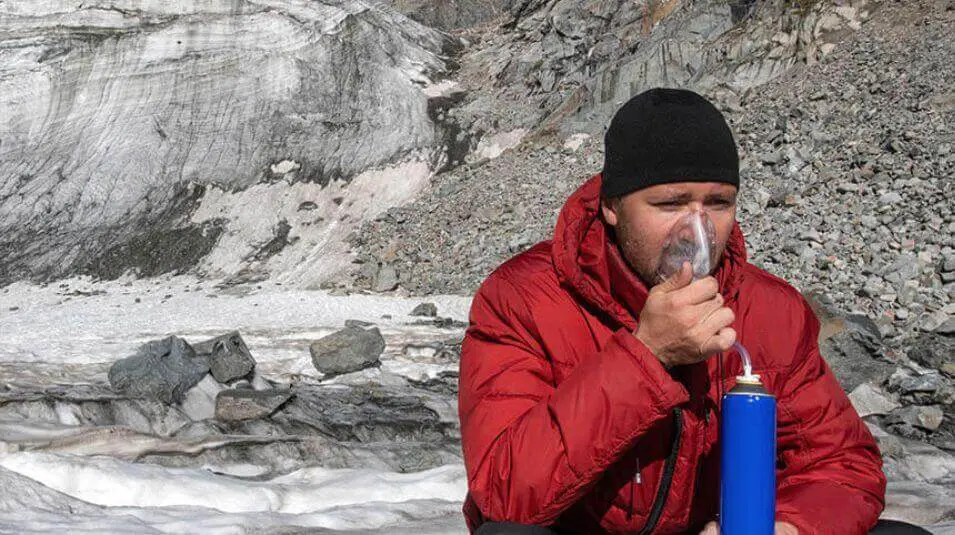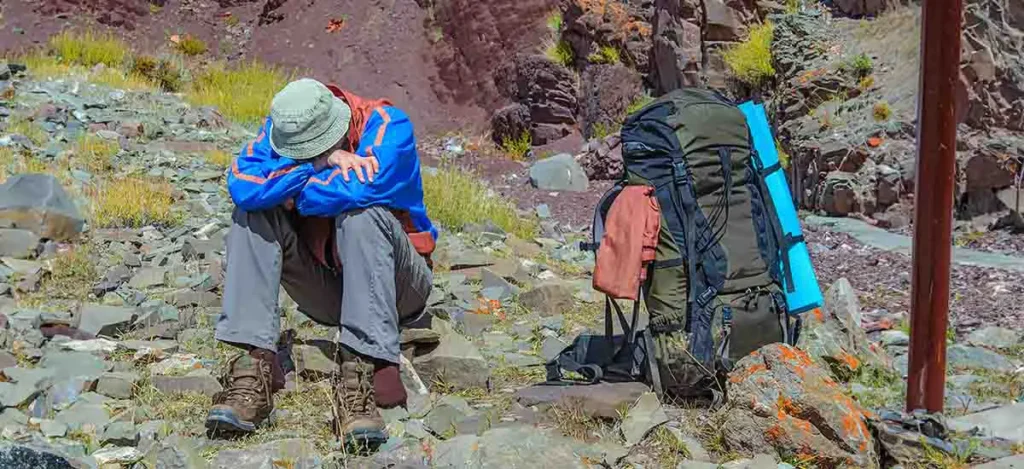Cusco, ancient capital of the Inca Empire and gateway to Machu Picchu, is located 3,399 meters above sea level. Its altitude, coupled with its tourist importance, makes altitude sickness – also known as soroche in Peru – one of the main challenges for visitors.
It affects people of all ages and physical conditions, regardless of where they come from, and can compromise the quality of the experience if not properly managed. This article offers a clear, professional and evidence-based guide to prevent and overcome altitude sickness during a visit to Cusco.

Altitude sickness is a physiological reaction that the human body can present when ascending rapidly to high altitude areas, where atmospheric pressure and oxygen availability are lower. In Cusco, the amount of oxygen in the air is approximately 30% less than at sea level, which forces the body to adapt. This adaptation is not immediate and, during the process, symptoms such as headache, fatigue, nausea, dizziness, insomnia and shortness of breath may occur, especially during physical activity.
These symptoms usually appear between 6 and 24 hours after arrival in the city and, in most cases, are mild and temporary. However, if left untreated, they can evolve into more serious forms, such as pulmonary or cerebral edema at altitude, conditions that require urgent medical attention. Therefore, it is essential to take altitude sickness seriously, without minimizing its effects or becoming unnecessarily alarmed.

There is no universal formula for predicting who will suffer from altitude sickness. Physically active people can be affected, while others in lesser condition can adapt without problems. However, certain factors increase the risk: rapid ascent from low altitude areas, such as Lima (150 masl) or the coast, dehydration, consumption of alcohol or sedatives before or during acclimatization, and previous history of altitude sickness. In addition, sleeping the first night in Cusco after a direct flight increases the probability of presenting symptoms, as the body needs time to adjust.

Effective strategies to prevent and overcome altitude sickness
The key to dealing with altitude sickness does not lie in avoiding it at all costs – since it is a natural response of the organism – but in facilitating a gradual acclimatization that respects the limits of the body. The first recommended measure is to plan a progressive arrival. If possible, it is suggested to spend one or two days in a city of intermediate altitude, such as Puno (3,827 meters above sea level) or even start the trip in Arequipa (2,335 meters above sea level), before heading to Cusco. This transition allows the body to start the adaptation process more smoothly.
Once in Cusco, it is essential to rest for the first 24 to 48 hours. Avoiding intense physical activities, such as long walks or climbing stairs quickly, reduces the load on the respiratory and cardiovascular systems. Many travelers make the mistake of wanting to tour the Plaza de Armas, the Qoricancha and the Central Market on the first day, which tends to aggravate symptoms. It is preferable to walk slowly, take frequent breaks and listen to the body’s signals.
Hydration also plays a crucial role. The air in Cusco is dry and cold, which increases fluid loss without the person noticing it. Drinking two to three liters of water a day helps to maintain adequate blood flow and facilitate oxygenation. It is recommended to avoid alcohol, dairy products and heavy meals during the first few days, as they may hinder digestion and aggravate nausea.
Local traditions and natural remedies
In Cusco, there is a long tradition of using medicinal plants to alleviate soroche. Coca leaf is the best known and most widely used. Chewing coca leaves or drinking coca tea is a common practice among the local population and is permitted by Peruvian authorities. Ethnobotanical studies indicate that coca contains alkaloids that help dilate blood vessels and improve oxygenation, although its effect is moderate and does not replace other preventive measures. It is available in markets, pharmacies and hotels in the city.
Another traditional remedy is coca tea, which is often served in lodges and restaurants. Muña, an Andean herb with digestive and decongestant properties, is also used and consumed in infusions. Although these remedies do not have miraculous effects, they are part of a culture of adaptation that combines ancestral knowledge with everyday practices.
Medical treatment and when to seek help
For cases of severe headache or persistent nausea, over-the-counter medications such as acetaminophen or ibuprofen can be used. There is also a specific drug, acetazolamide (known as Diamox), which accelerates acclimatization by acidifying the blood and stimulating breathing. It should be taken under medical supervision, generally one day before the ascent and during the first days at altitude. It is not indicated for people with allergy to sulfonamides or renal problems.
If symptoms worsen – extreme shortness of breath, mental confusion, frothing cough or loss of coordination – immediate medical attention should be sought, as it could be a severe form of altitude sickness. In Cusco there are clinics specializing in mountain medicine, such as the Adventist Clinic of Cusco or the Health Center of the Ministry of Health, which have supplemental oxygen and trained personnel.
Recommendations for special groups
People with heart disease, respiratory diseases or anemia should consult their doctor before traveling to Cusco. Although many can visit the city without problems, they require a previous evaluation. Pregnant women should also take precautions, especially in the first trimester, and in some cases it is recommended to avoid the altitude. Children, on the other hand, can adapt well, but it is important to observe them carefully, as they do not always express their discomfort clearly.
Conclusion
Overcoming altitude sickness in Cusco is not a matter of endurance, but of respecting the natural acclimatization process. With proper planning, rest, hydration and attention to the body’s signals, most visitors manage to adapt without complications. Combining medical knowledge with local practices, such as drinking coca tea, can ease this transition. The most important thing is to travel with awareness: Cusco is not a city to be conquered, but to be lived with patience and admiration.
By preparing adequately, the traveler not only protects his or her health, but also ensures that he or she can fully enjoy the cultural, historical and natural treasures that this unique region of the world has to offer.
No comments:
Post a Comment